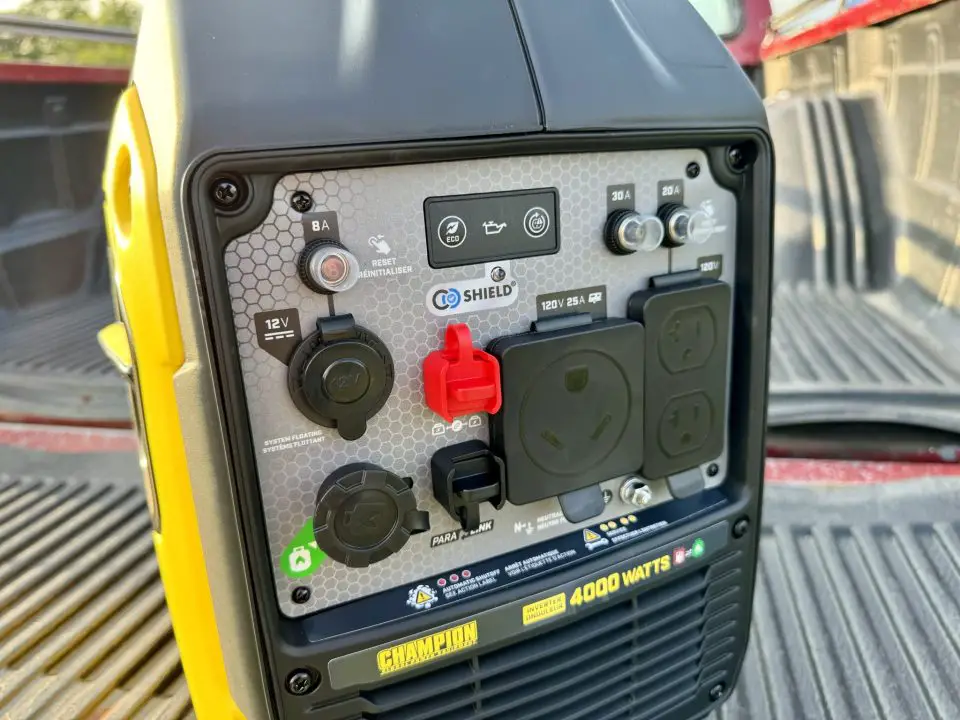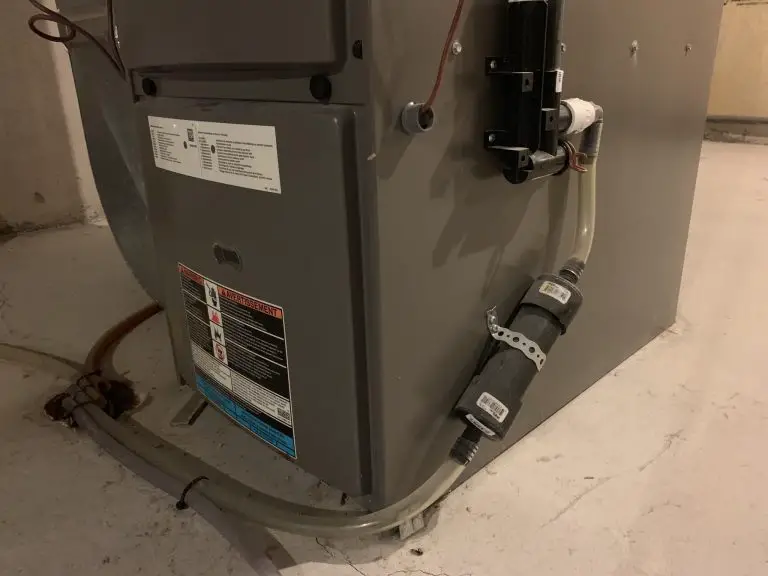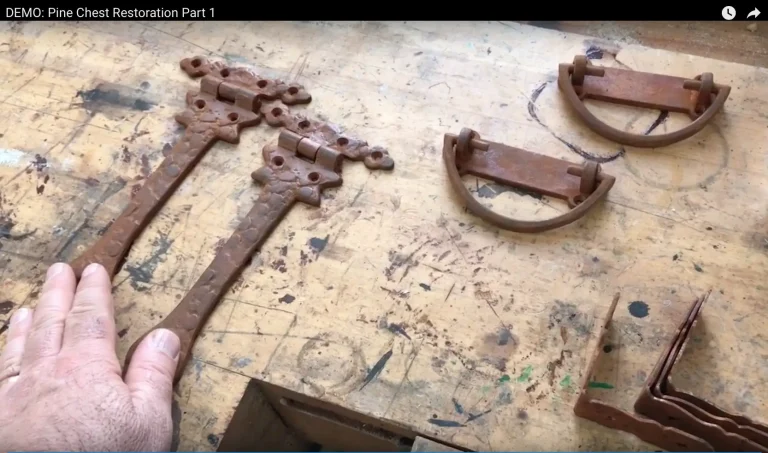
If you’re looking for portable electric power for camping, power tool use away from the grid, or for sensitive electronics, there’s a significant evolution in generator technology that you should know about. It has to do with advances in a certain class of gas-powered generators called inverters. The video below explains what they are and how they work differently from regular portable generators.
The Evolution of Generators
I bought my first generator in 1988. It was a 3500 watt top brand model, but it was still loud, heavy, inefficient and expensive. In today’s money this model would cost a whopping $8000. Buying a similar generator today might cost $1000. It’s amazing how much quieter, lighter-in-weight, more fuel efficient and less expensive the best portables have become, especially inverters.
Inverters vs. Generators

Inverters deliver various types of power, just like a regular generator does, but they make this happen with an entirely different principle than conventional portables. Instead of outputting alternating current (AC) directly as the engine spins the shaft of an internal alternator, inverter generators first make AC power, then convert this to direct current (DC) electronically, then back to AC again. This three-step approach offers distinct advantages.
The electric power produced by an inverter is cleaner than AC power from ordinary generators. You never need to worry about “dirty electricity” harming even your most sensitive electronics if you’re connected to an inverter.
All generators (inverter or conventional) put out 120 or 240 volts at 60 Hz, but the purity of inverter power is at least as free of damaging voltage spikes and distortion as what comes out of your wall outlets. It’s sometimes even better.
Power purity is measured in something called “total harmonic distortion” (THD), and the best conventional generators typically have a THD of 5%. This is fine for general household use, but inverters are better, coming in at under 3% THD.
If you go to www.generatorselector.com, you’ll find a questionnaire about your intended power needs, and the size of model required to cover that.
Quieter and More Economical
Another inverter advantage is lower fuel consumption and reduced noise levels. While the engine on a conventional generator runs at full 3600 revolutions per minute (RPM) all the time, no matter how little electric power is being demanded, inverters can automatically vary their own engine speed depending on the amount of electricity needed. Whenever you’re calling for less than a particular inverter can provide, the engine speed slows down proportionally. Even when running full blast many inverters are still much quieter than conventional generators of the same size.
Lighter Weight
All generators weigh a less than they used to for a given size of output, but this is especially true with the latest inverters. Today’s lightest model is the 4000-watt Champion dual fuel unit that tips the scales at just under 50 lbs. and costs $1400 in Canada. That’s the model I’m giving away. Compare this with the $8000 3500 watt dirty-power “high end” model I bought back in the day that approached 100 lbs. in weight, and you’ll see how far things have come.
Unlike most inverters, the 4000 watt Champion model can power the air conditioning of an RV. Not many inverters small enough to carry can do this. Providing power for RVs when camping is one of the main uses for inverters because of their quiet operation, but there’s something else to consider while shopping.
Interconnectable Inverters
Interconnection is something that only inverters can do. Unlike with regular generators, two compatible inverters can be connected together with something called a “parallel cable”. This runs from one inverter to another, combining the total power output provided when both are running. If you’d rather handle the lighter weight of two 4000-watt inverters rather than one 8000-watt model, inter-connected inverters are the way to go. Not only does this mean handling less weight, but when you don’t need maximum power, you can run only one inverter at a time.
Inverter generators are getting better fast, so if you’re looking for quiet operation, pure power and the most refined and efficient user experience, inverters were made for you.












